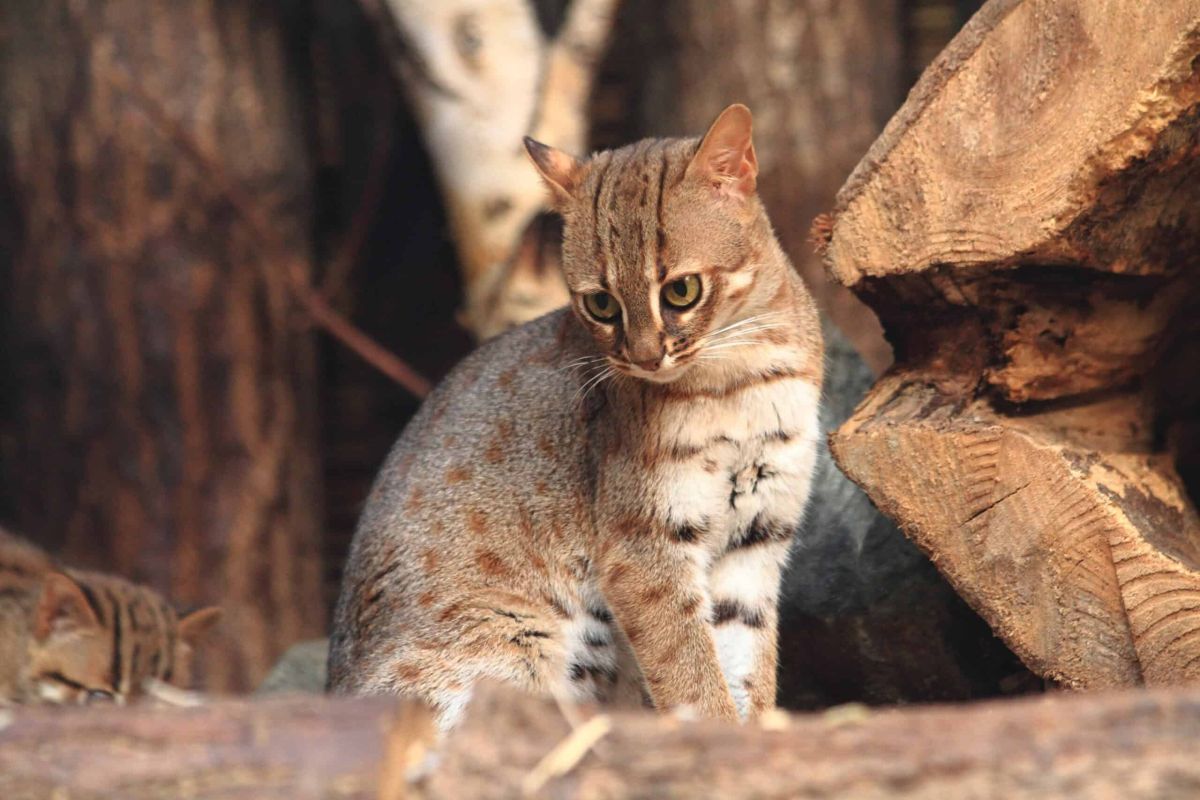The Unexpected Prey: When Big Cats Become the Hunted

The term “apex predator” conjures images of majestic creatures, ruling their ecosystems with unchallenged dominance. Lions, tigers, and jaguars readily spring to mind, icons of power and ferocity. However, the animal kingdom is rarely so simple, and the narrative of big cats as universally invincible hunters is a misleading one. The truth is, not all big cats are apex predators. Some, particularly the smaller species, can find themselves on the menu of larger predators, including other big cats.
While lions and tigers, with their imposing size and social structures, typically sit at the top of the food chain, smaller cats like servals, caracals, and even leopards in certain regions, face a different reality. Their survival depends not only on their hunting prowess but also on their ability to evade larger, more powerful predators.
The vulnerability of smaller big cats stems primarily from their size. While they possess impressive hunting skills for taking down smaller prey, they lack the pure bulk and power to consistently defend themselves against larger carnivores. This makes them susceptible to predation, particularly by animals already higher up the food chain.
So, who are the predators of these smaller big cats? The answer can be surprisingly varied and often geographically specific. Here are a few examples:
- Larger Big Cats: Leopards, for example, while formidable hunters themselves, can be preyed upon by lions and tigers in areas where their territories overlap. This is especially true for juvenile or injured leopards that are less capable of defending themselves. Similarly, smaller cats like servals and caracals can fall victim to leopards, eagles or pythons.
- Other Large Carnivores: In certain regions, hyenas, wild dogs or even bears might pose a threat to smaller big cats. These predators, often hunting in packs, can overwhelm a solitary cat and take it down.
- Humans: Sadly, humans remain one of the most significant threats to all big cats, regardless of size. Habitat loss, poaching, and retaliatory killings due to livestock depredation contribute significantly to the decline of many species, including those lower on the food chain.
The implications of this predator-prey dynamic are significant for understanding the intricate workings of ecosystems. It highlights the fact that even within a group of animals considered powerful predators, a complex hierarchy exists. The smaller big cats, therefore, play a crucial role not only as hunters but also as a food source for larger carnivores, contributing to the overall balance of the ecosystem.
Recognizing this nuanced reality is essential for effective conservation efforts. Protecting smaller big cats requires not only safeguarding their prey base but also addressing the threats posed by larger predators and, most importantly, mitigating human impact. Understanding the full picture of these animals’ lives, including their vulnerability to predation, is crucial for ensuring their long-term survival in a world increasingly dominated by human activity. So, the next time you think of a big cat, remember that not all of them reign supreme. Some also live with the constant threat of becoming the hunted, a reminder of the complex and often unforgiving reality of the natural world.



